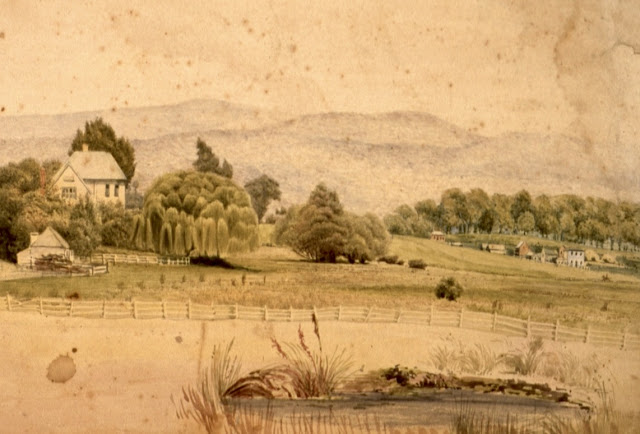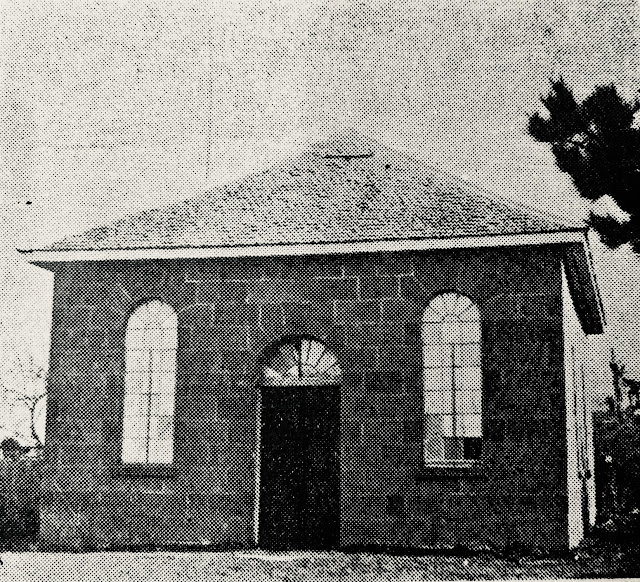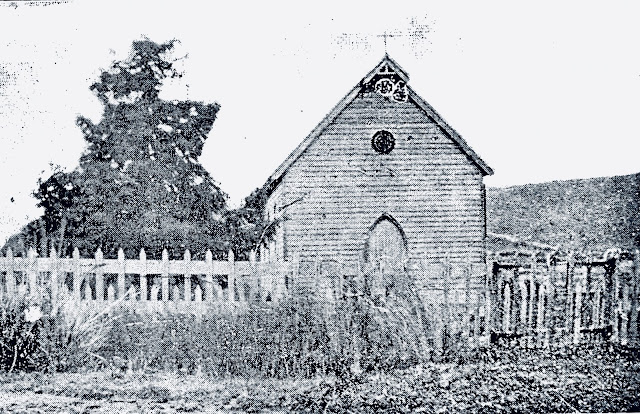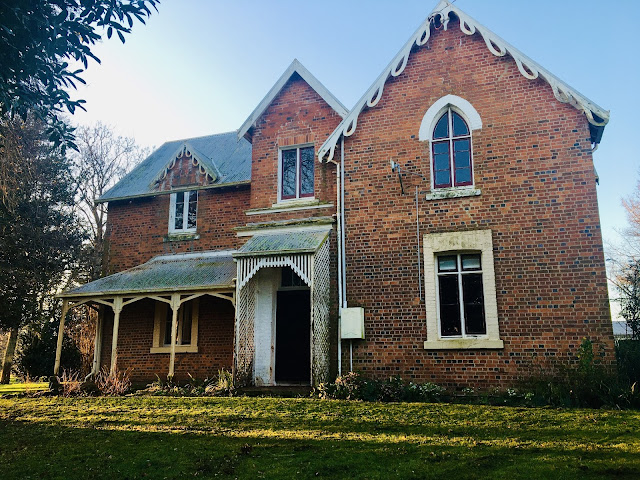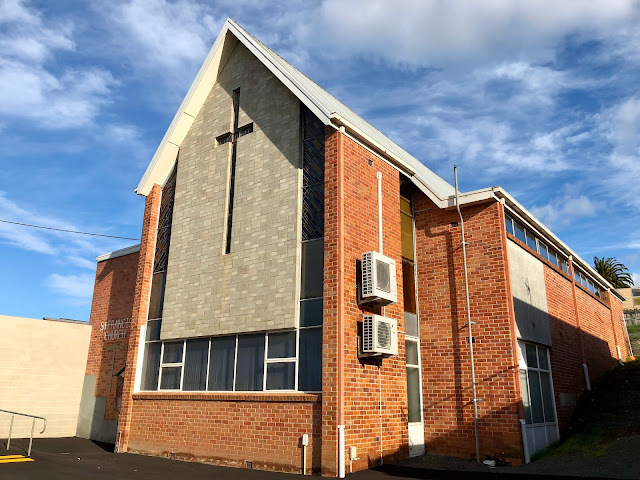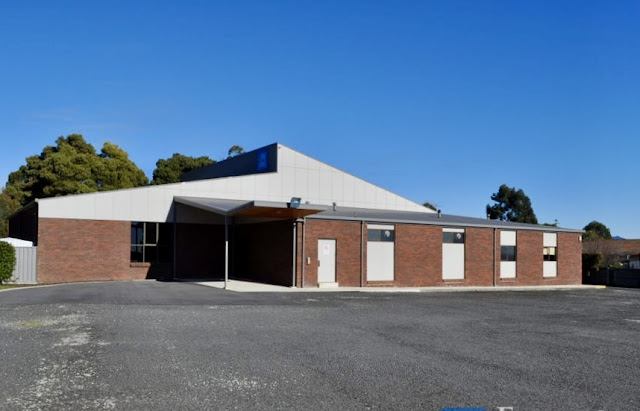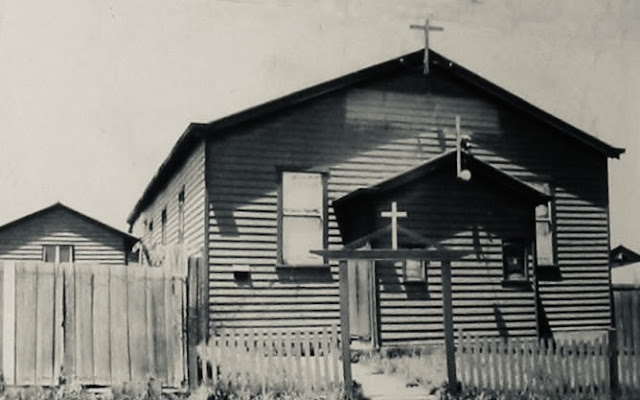No. 1203 - Campbell Town - Adam Turnbull Memorial Hall (1956)

This article is one in a series about buildings associated with some of Tasmania’s most significant churches. These buildings include Sunday schools, parish halls, convents, schools and residences of the clergy. Ancillary buildings are often overlooked and are rarely featured in published histories. My aim is to create a simple record of these buildings, including those that no longer exist. Campbell Town is a sizeable rural centre on the Midland Highway approximately 70 kilometres south of Launceston. It was named by Governor Lachlan Macquarie when his party encamped here in 1821 on their way to Hobart. Macquarie chose the site as one of four garrison towns between Hobart and Launceston. St Andrew’s Presbyterian Church opened for worship on 30 May 1858. The origins of the church are bound to the life to Reverend Adam Turnbull, one time Secretary to Governor George Arthur and to Sir John Franklin. In 1852 Turnbull clashed with Governor Denison in opposing the continued transportation o
